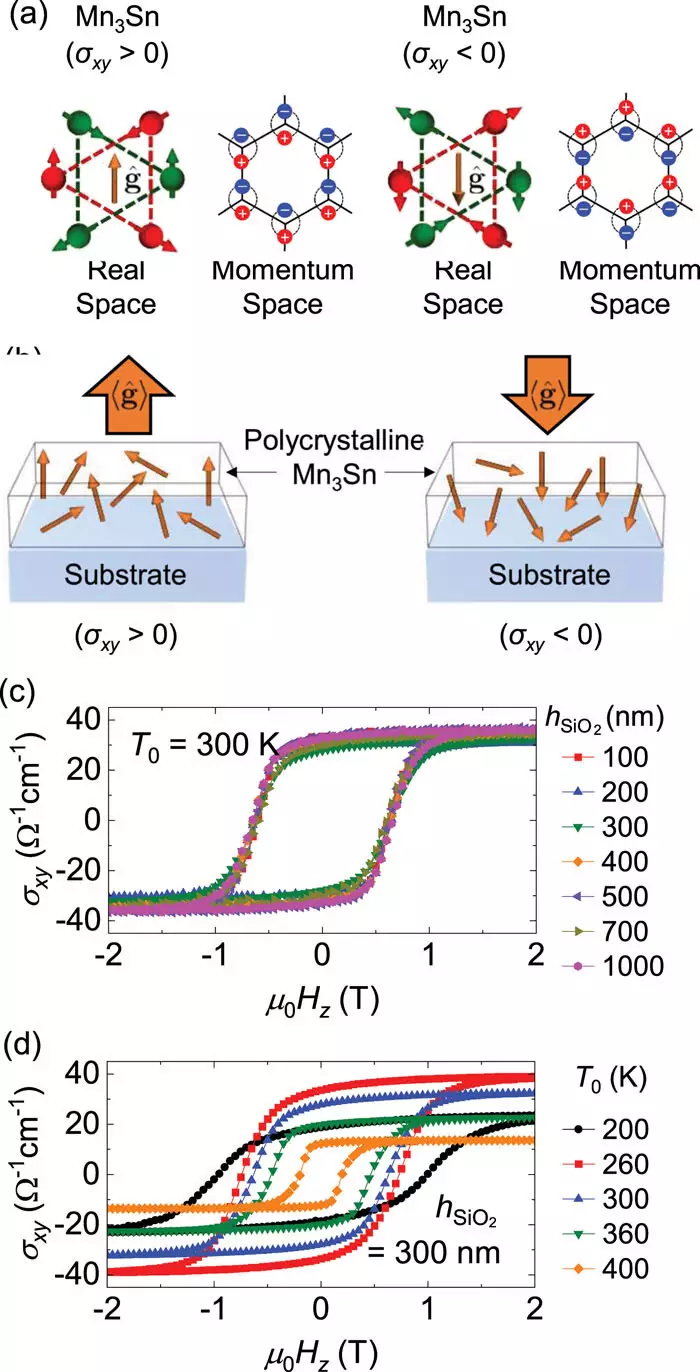Spintronics, a cutting-edge field of study that harnesses the inherent magnetic properties of electrons, presents a paradigm shift in how we understand and approach computing technologies. Unlike traditional electronics that rely solely on the charge of electrons to process and store information, spintronic devices capitalize on the quantum mechanical property of spin, giving them a unique advantage in energy efficiency without sacrificing speed. As researchers dive deeper into this promising technology, the challenge of managing the thermal effects produced during operation emerges as a crucial consideration for the development of faster, more efficient devices.
In essence, spintronics seeks to exploit the relationship between electric currents and magnetization. This interplay can be explained predominantly in two ways: the electromagnetic effects that arise directly from the electric current and the temperature increases that result from that same current’s flow. Professor Axel Hoffmann from the University of Illinois Urbana-Champaign indicates that to fully optimize spintronic devices, a comprehensive understanding of these underlying physical phenomena is essential. Ignoring either element could lead to inefficient designs that fail to reach their full potential.
Moreover, spintronics offers the tantalizing possibility of combining the speed of traditional electronic devices with the energy efficiency attributed to their magnetic counterparts. This synergy promises not just incrementally better technological solutions, but genuinely transformative advancements in computing.
A significant focus within the realm of spintronics has been the investigation of antiferromagnetic materials. These materials are characterized by their unique spin arrangements, which reduce their sensitivity to external perturbations, making them potential candidates for memory storage and computational tasks. However, the challenge lies in controlling their spin configurations effectively using electric currents. The electric currents necessary to achieve such control can lead to substantial temperature increases, which can alter the magnetic properties of these materials.
Hoffmann highlights a critical debate in the field regarding whether the interaction between the electric current and the spins is influenced more by the current itself or by the resultant heating. If the effect stems from the current, advancements can be made rapidly and efficiently; conversely, if heating plays a more dominant role, thermal management becomes paramount, and the operation speed of these devices could face significant limitations.
In an effort to untangle the complex relationship between current-driven and temperature-driven effects, recent research has introduced an innovative experimental technique. Myoung-Woo Yoo, a postdoctoral researcher working with Hoffmann, devised a method to measure the impacts of heating in antiferromagnetic devices by analyzing how these devices affect substrates of varying thermal conductivities. This technique allows for a more straightforward assessment of the thermal implications during the operation of spintronic devices, which has historically posed challenges given the miniaturization of components.
By preparing antiferromagnetic materials like Mn3Sn on silicon dioxide substrates of varying thicknesses, the researchers can observe differences in heating profiles. Thicker substrates impede thermal conductivity, thus leading to elevated temperatures within the device under the same current threshold. This pivotal discovery indicates that heating significantly affects the spin structure of the material, reaffirming the necessity to consider thermal effects in design and application.
The implications of this research extend far beyond a singular study of antiferromagnets; it sets a groundwork for a broader investigation into the influence of heating across various spintronic materials. The established methodology presents a robust framework for evaluating other candidates in the spintronics field, opening the door for more refined experimentation and potentially accelerated advancements in device fabrication.
Researchers now have the means to compare different materials systematically, detailing how thermal dynamics interplay with the magnetic behaviors they exhibit. As our understanding deepens, it becomes increasingly feasible to tailor materials specifically to minimize unwanted heating effects, enhancing the overall performance and scalability of spintronic devices in practical applications.
With the continued exploration of spintronics, we stand at the precipice of a potentially revolutionary leap in computing technology. As research addresses the critical issue of heating effects, the prospect of energy-efficient devices that do not compromise speed becomes increasingly attainable. Ultimately, as we further unravel the complexities of spintronic operation, we inch closer to the realization of a new era in technology—one where energy efficiency and performance walk hand in hand. The journey, guided by innovative experimental approaches, promises exciting advancements in the realm of electronics, fostering a future that harmoniously integrates the principles of physics with practical application.


Leave a Reply